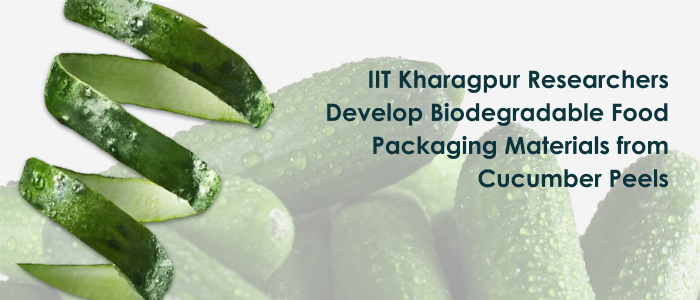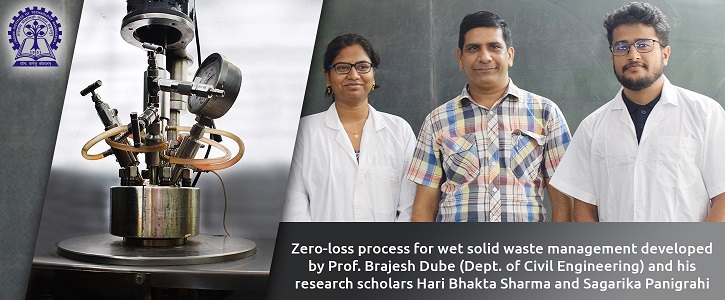
Cucumber Peels for Ecofriendly Food Packaging
Are you throwing away the cucumber peels after preparing your salad? You may soon have them back in your kitchen as the eco-friendly packaging material for food items. IIT Kharagpur researchers have developed cellulose nanocrystals from cucumber peels with high cellulose content, compared to other peel wastes, which can be used to create food packaging materials. While single-use plastic is consciously being avoided by consumers, they still remain largely in circulation as food packaging items. Natural biopolymers are unable to make way in this industry as they lack strength, elongation, barrier property, optical property, and in some cases even biological…

